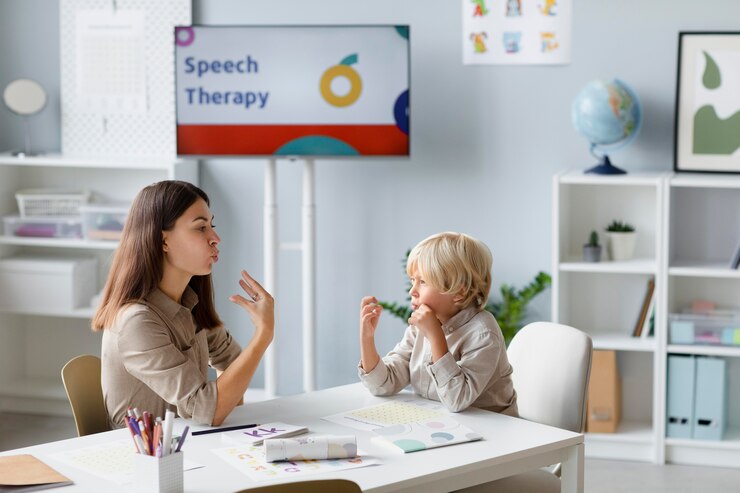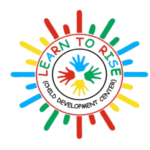
Speech and language therapy can be transformative for children with communication difficulties. Therapists work on various aspects, from helping children articulate sounds to understanding and using language effectively. Here’s a breakdown of how it works and some areas it covers:
Speech Development
- Articulation: This focuses on the pronunciation of sounds. A therapist may help a child who has trouble saying certain sounds, like “r” or “s,” or with more complex issues like phonological disorders.
- Fluency: For children who stutter, therapy can help them learn strategies to control the rhythm of their speech.
- Voice Therapy: If a child has issues with pitch, volume, or voice quality, a therapist can work on exercises to strengthen the voice and improve vocal control.

Language Development
- Receptive Language: This is about understanding language. A therapist helps a child comprehend words, sentences, and complex instructions, which is key for following directions and understanding questions.
- Expressive Language: For children who struggle with expressing their thoughts, therapy can help them learn how to form sentences, use grammar, and expand their vocabulary.
- Pragmatics (Social Communication): This includes teaching children how to take turns in conversation, understand body language, and recognize cues that are important for effective social interaction.

Benefits of Early Intervention
Early speech and language therapy can be critical in maximizing a child’s potential for effective communication. The sooner therapy begins, the better the child’s chances of overcoming or mitigating difficulties that might otherwise impact learning and social development.










